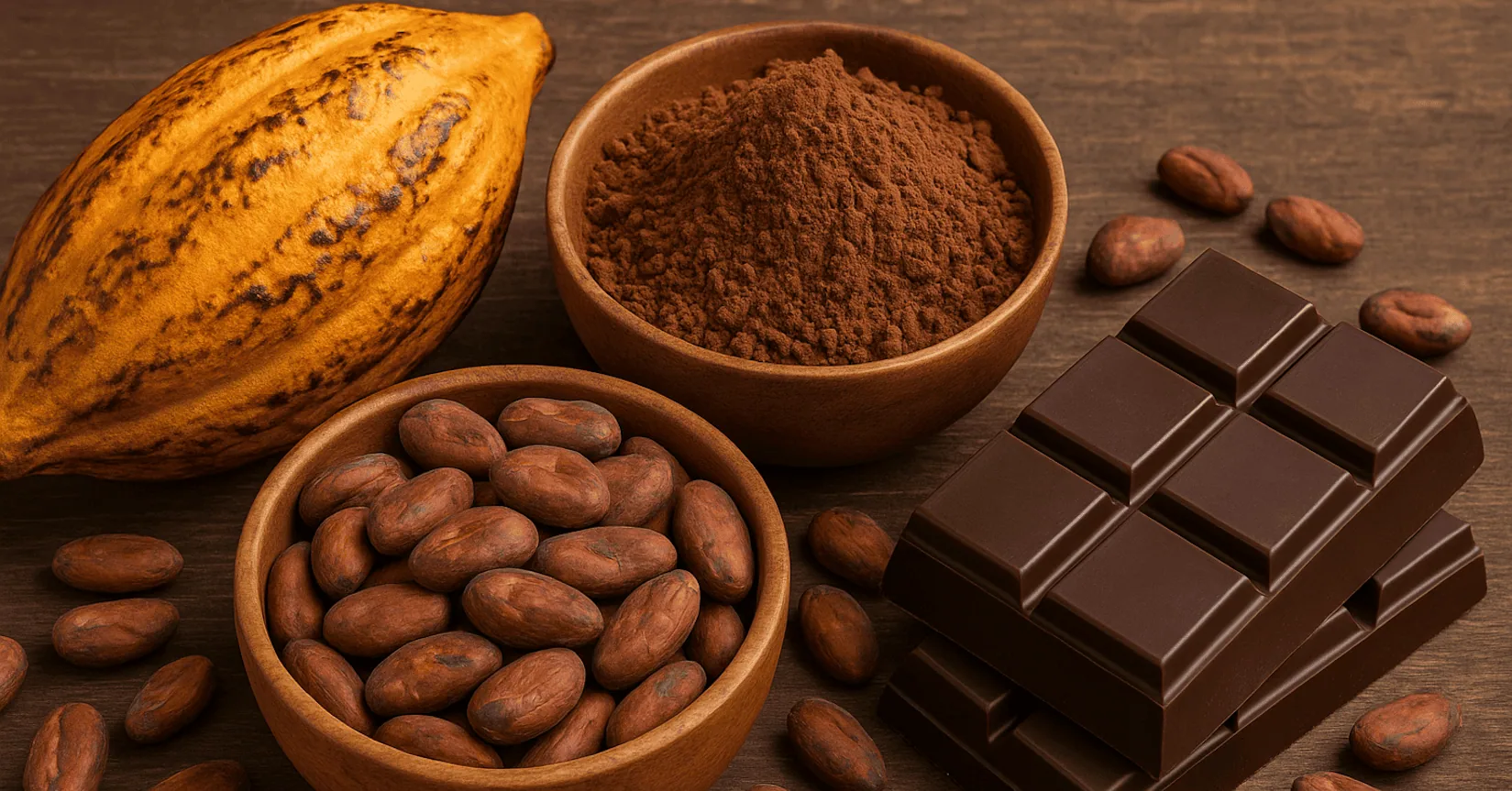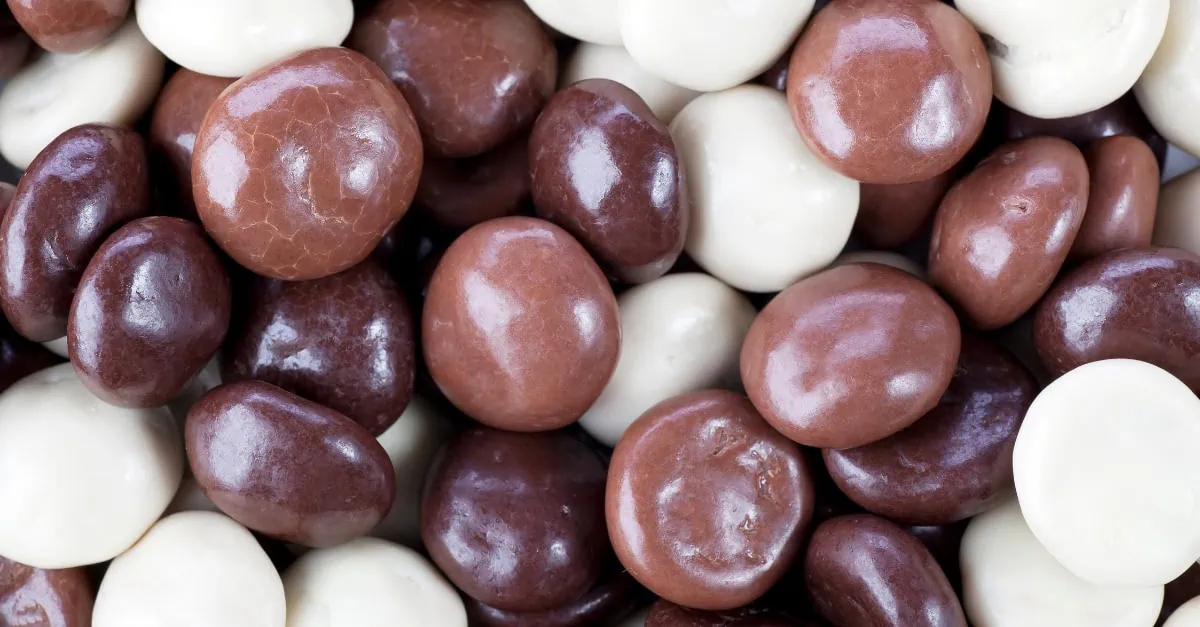The cocoa market in the last five years is best defined by dramatic price surges and extreme volatility, driven by supply shocks and adverse weather, pests, and diseases. Such unprecedented changes have pushed some parts of the industry to turn to other ingredients.
Writing for Vesper recently, commodity trading expert Martijn Bron shared that the market has “effectively transformed into one where weather updates carry more price impact than quarterly earnings reports.”
He also described a “critical inflection point where weak demand has been fully priced in, but supply disruptions have not,” leading to a “dangerous asymmetry” that explains why futures can increase 10% in a single session on weather reports from West Africa.
With weather unpredictability in the main cocoa growing regions – Ivory Coast and Ghana – buyers are seeking popular alternatives like carob powder as part of supply chain and procurement strategy alterations to avoid too much dependency on cocoa. Carob powder can be used as a cocoa substitute in desserts and baked goods.
Other cocoa alternatives
Other alternatives being explored include cereal and pulse ingredients, like oats, barley, fava beans, and sunflower seeds, which can be transformed through fermentation. Meanwhile, CBEs (Cocoa Butter Equivalents) like shea or palm-based fats can replace a portion of cocoa butter in chocolate recipes, with the view to managing costs and supply constraints.
Similarly, natural colors and extracts like apple juice concentrate, beetroot, or black carrot concentrate can provide a cocoa-like brown color, while malt extracts can add malty flavors, which some buyers are finding can help fill the cocoa void.
The cocoa alternatives market is becoming big business. Primarily composed of segments like cocoa butter alternatives, it is valued at around US$1.6 billion to US$1.7 billion in 2024 and projected to reach over US$3.3 billion by 2032, according to Fortune Business Insights.
Bustling with new innovations, with technology playing a huge role, start-ups like Voyage Foods are starting to gain traction. They offer “cocoa-free chocolate” for companies and buyers to add to their portfolios, capitalizing on the volatility of the cocoa market and also paving the way for more sustainable options.
Meanwhile, other start-ups like Nukoko and Planet A Foods are using various roasting and microbial fermentation techniques to imitate the flavor of chocolate.
Legacy FMCG brands
It’s not just the small players wanting a slice of the pie. Voyage Foods teamed up with FMCG giant Cargill last year to scale up alternatives to cocoa-based products, showing that legacy brands are also adapting to the evolving market. In a statement at the time, the food heavyweight’s Managing Director of bakery, ice-cream, and chocolate confectionery Europe, Inge Demeyere, described it as “one of the many ways that we are future-proofing our portfolio and meeting consumer demands.”
Impact for buyers
Other ways buyers are mitigating the risky cocoa market is through supply diversification and sourcing cocoa from alternative locations like Latin America and Indonesia. More sustainable-minded brands are also committed to implementing agroforestry practices in cocoa-producing regions to enhance carbon sequestration, biodiversity, and climate mitigation while supporting farmers.
Procurement professionals are attempting to secure supply through strategic partnerships with suppliers and hedging techniques like buying futures contracts, as another way of fending off volatility consequences.
What could the future hold?
Although growing steadily, the market for cocoa alternatives is still relatively embryonic and dominated by small businesses, although larger players are starting to take note, as highlighted by involvement from the likes of Cargill.
The cocoa-free market has some way to go before it might be considered mainstream, but interest in the sector is unlikely to slow down as long-term pressures on the cocoa sector, such as commodity prices, the push for sustainable supply chains, and constrained supply, force procurement professionals and suppliers to rethink their approach.
Check out our cocoa commodity coverage.



